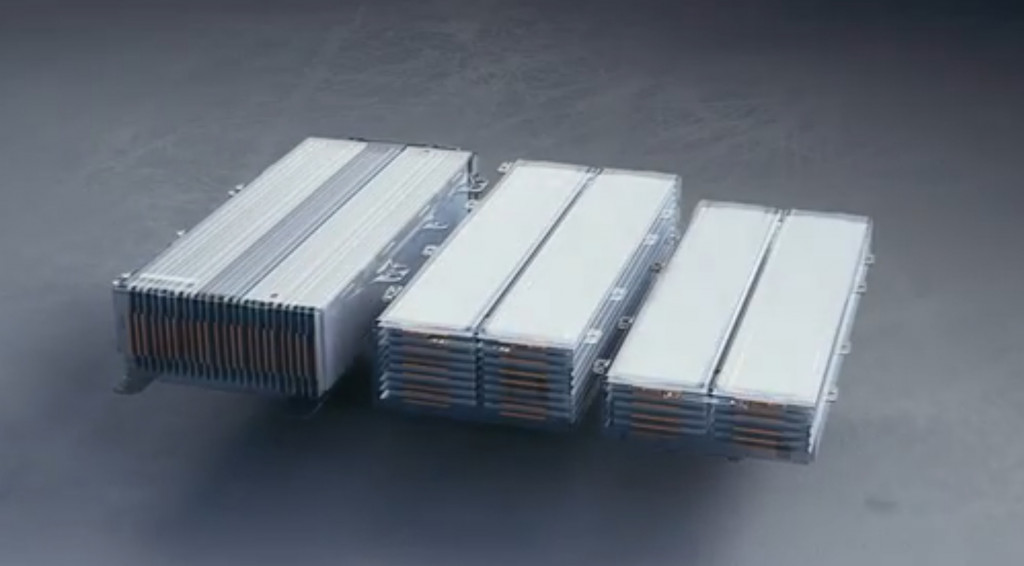General Motors is exploring the use of its Ultium modular battery system in electric air taxis, Reuters reported Tuesday.
The report, based on information from two people familiar with the matter, follows GM CEO Mary Barra's brief reference to air taxis at a conference Monday.
"The strength and flexibility of our Ultium battery system opens doors," for multiple uses, she said, "including aerial mobility."
A GM spokesperson confirmed to Reuters that the automaker was looking into aerial applications for its Ultium batteries, with no further detail.
This isn't a new development in and of itself. GM originally noted interest in the sector in 2018, when it said it had held discussions with air taxi companies.

GM Ultium battery - cell stacking
Air taxis are electric vertical-takeoff-and-landing (VTOL) aircraft that many companies believe could supplement terrestrial vehicles in cities. They're often referred to as "flying cars," but the various prototypes shown so far don't really resemble cars at all.
There's been a surge of interest in VTOL craft in recent years, from companies ranging from Porsche and Boeing to Uber.
Some people even plan to race these aircraft. The Airspeeder series could, like wheeled racing, help stoke progress with the necessary technology.
So far, GM has only discussed applying its automotive battery technology to aircraft. The automaker recently unveiled its Ultium battery system, with a modular design to allow for different-size battery packs and many different vehicle applications.
Could GM's advanced position with hydrogen fuel-cell technology also help it here? GM is backing away from fuel-cell passenger cars, though fuel cells could offer a weight advantage over batteries in an aircraft.












